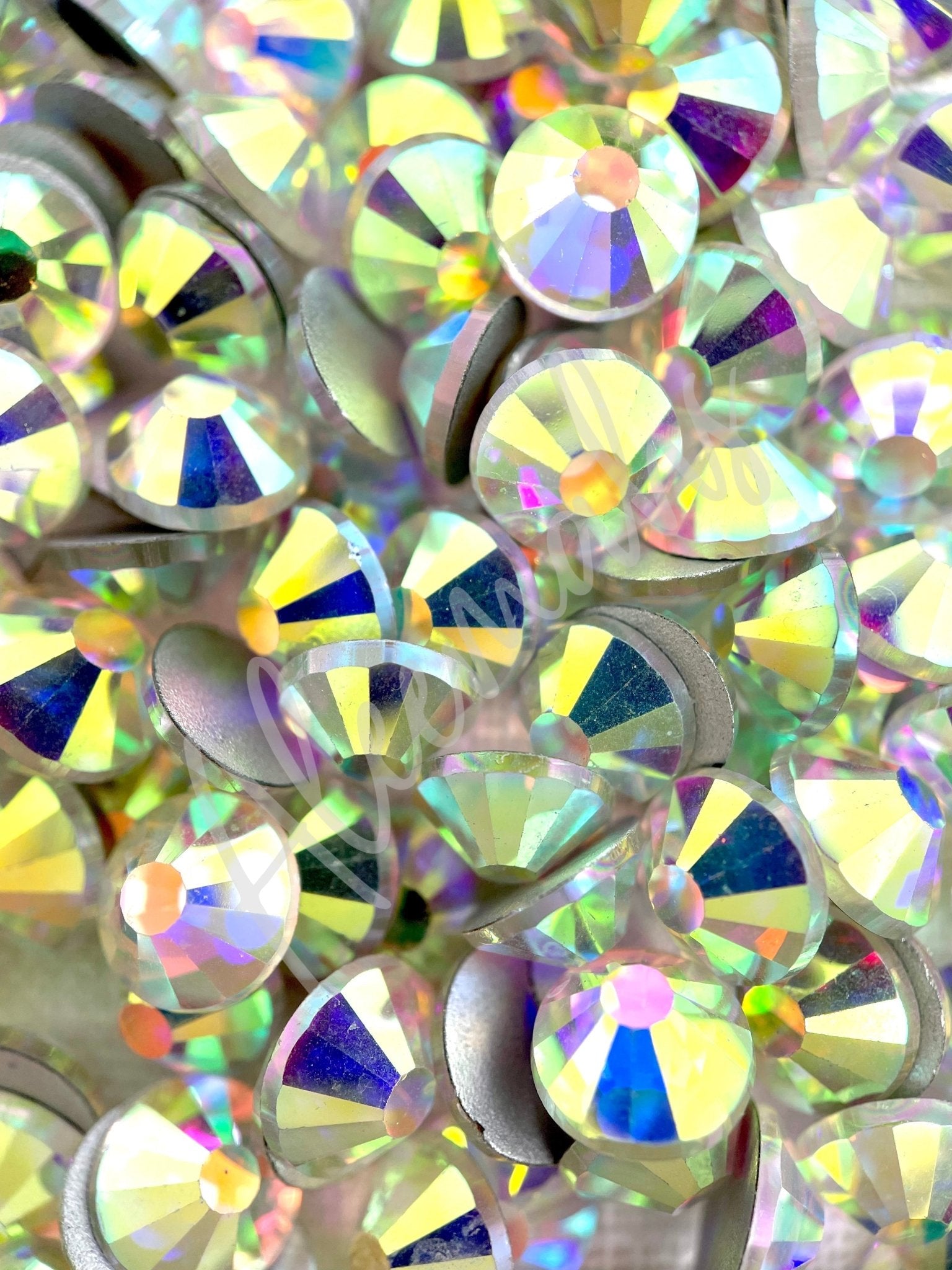Essential Tools Every Costumer Needs in Their Kit
Costume designing is a craft that requires both creativity and practicality, especially when it comes to dance and theater costumes that need to look amazing and withstand the rigors of performance. Whether you’re a professional costume designer or a DIY enthusiast, having the right tools in your kit can make all the difference. Here’s a list of essential tools every costume designer needs to keep projects running smoothly and efficiently.
Measuring Tools: Tape Measure, Ruler, and Seam GaugeAccurate measurements are the foundation of every well-fitted costume. A flexible measuring tape is essential for taking body measurements, as it easily wraps around curves and angles. A sturdy, straight ruler is helpful for marking patterns and cutting fabric. Additionally, a seam gauge—a small ruler with a sliding marker—is perfect for ensuring even hems, seam allowances, and small adjustments.
Pro Tip: Invest in a quality measuring tape with large, clear numbers for easy reading, and check your measuring tools periodically to ensure they haven’t stretched out of shape.
Good Quality Fabric ScissorsSharp, high-quality fabric scissors are essential for clean, precise cuts. Dull scissors can lead to frayed fabric edges, making it harder to create professional-looking costumes. Consider investing in a pair of tailor’s shears, which are specifically designed for cutting fabric smoothly. To keep them in good condition, only use fabric scissors on fabric—not on paper, which dulls the blades over time.
A pair of smaller embroidery scissors can also come in handy for cutting threads and making small, detailed cuts on delicate fabrics or around embellishments.
Pins and Clips for Accurate PinningPins and clips are indispensable for keeping fabric layers in place during cutting, fitting, and sewing. Straight pins are useful for temporarily holding pieces together, but make sure to choose sharp, high-quality pins that won’t damage delicate fabrics. For thicker fabrics or areas where pins might leave holes, fabric clips are a great alternative. They can securely hold fabric without piercing it, making them ideal for costumes with intricate fabric layers or appliqués.
Pro Tip: Use ballpoint pins when working with stretch fabrics like Lycra and spandex to avoid damaging the fabric.
Seam Ripper for Quick FixesEvery costume designer makes mistakes—it’s part of the process! A seam ripper is an essential tool for undoing stitches quickly and cleanly, whether you’re fixing a mistake or making a small adjustment. Look for a seam ripper with a comfortable handle and a sharp blade, as this will make the process quicker and prevent accidental snags in the fabric.
Sewing Machine with Essential AttachmentsWhile hand-sewing is sometimes necessary, a sewing machine can significantly speed up the process, especially for costumes that require durability and precise stitching. Look for a sewing machine with adjustable stitch settings, as well as key attachments like a zipper foot and an overlock foot for finishing seams. A walking foot can also be useful for sewing stretchy or slippery fabrics, which are common in dance costumes.
Pro Tip: Make sure to use the correct needle type for each fabric. For instance, use a stretch needle for Lycra and spandex, and a sharp needle for woven fabrics.
Iron and Steamer for a Polished FinishCostumes need to look polished and wrinkle-free on stage. An iron with variable heat settings is ideal for pressing seams and eliminating wrinkles. A steamer is particularly helpful for delicate fabrics that can’t be pressed directly, such as tulle, lace, and sequined materials. Having both options in your kit ensures you can handle any fabric type with care and precision.
Marking Tools: Fabric Chalk and Water-Soluble PensMarking tools are crucial for drawing patterns, marking adjustments, or highlighting seam allowances. Fabric chalk is a go-to for temporary markings, especially for dark fabrics, as it brushes off easily. Water-soluble pens are another excellent option for making temporary marks that can be removed with water. Just be sure to test any marking tool on a scrap of fabric to confirm it won’t leave a stain.
Hand-Sewing Needles and Thread AssortmentEven with a sewing machine, hand-sewing needles are essential for details and final touches, such as attaching embellishments, closing small gaps, or making quick repairs. Keep a variety of needle sizes on hand for different fabric types, from heavy-duty needles for thick fabrics to fine needles for delicate fabrics. Having an assortment of threads in basic colors is also important for matching costume fabrics and making seamless repairs.
Storage Containers and Organizational Tools

An organized workspace helps save time and keeps all your tools easily accessible. Invest in small containers or compartments for pins, needles, and embellishments. A portable toolbox with multiple compartments is ideal for costume designers who work on-site or in multiple locations. Keeping everything in its place will help you work efficiently and prevent loss of small items.
Bonus: Embellishment ToolsAdding sparkle to a costume often requires specific tools. A rhinestone applicator or hotfix tool can make it easier to apply rhinestones securely. Fabric glue and a small, fine brush are also helpful for attaching sequins, trims, or other decorative elements that don’t need sewing.
Wrapping Up
Having the right tools is essential for any costume designer, whether you're working on a quick alteration or creating a costume from scratch. With these essential tools in your kit, you’ll be equipped to tackle any costume project with confidence and efficiency. An organized and well-stocked kit ensures that every costume fits well, looks polished, and can withstand the demands of the stage.

Leave a comment